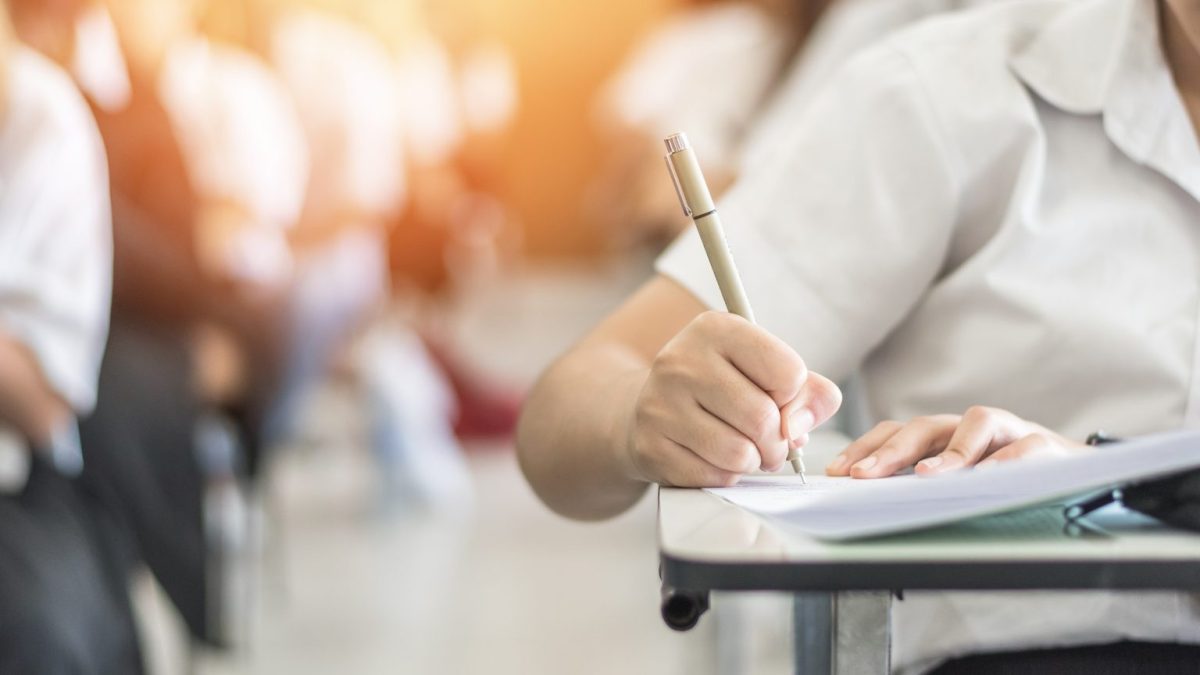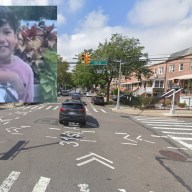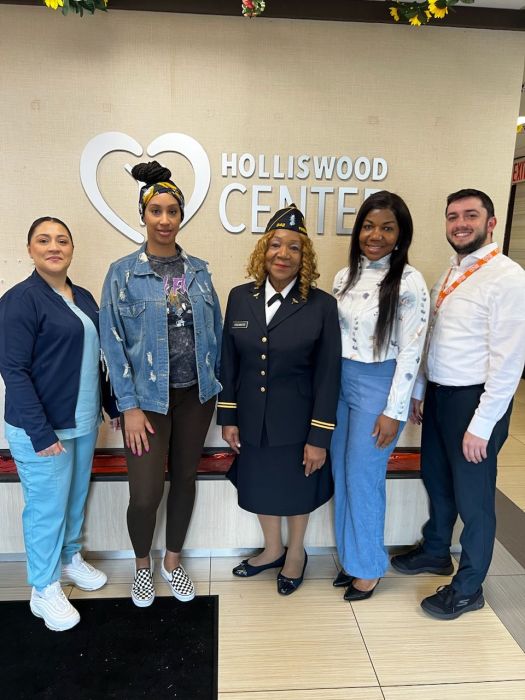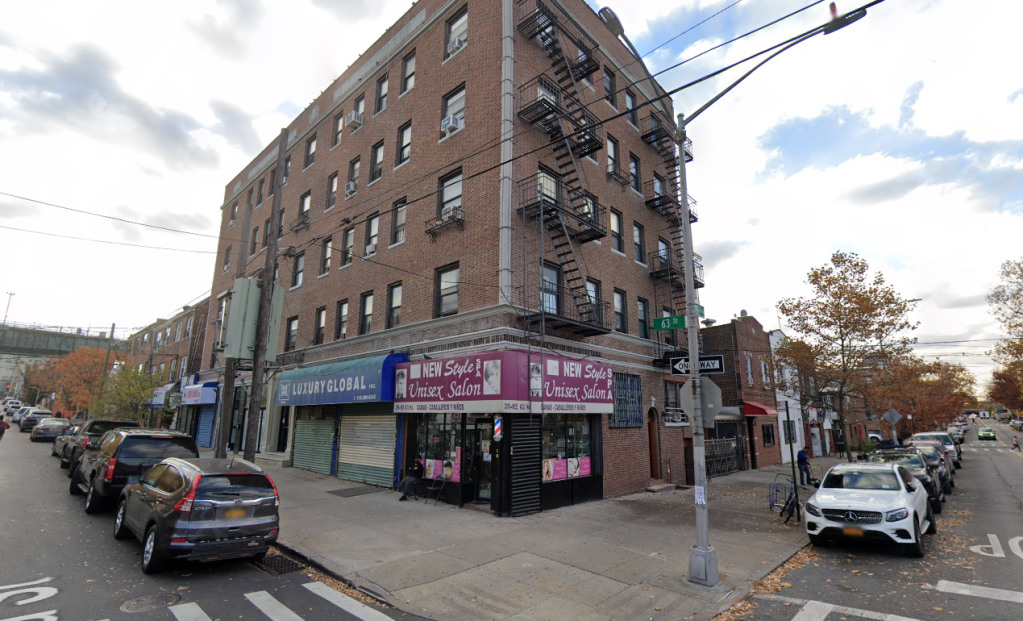The city’s largest charter school system has decided against in-person teaching this fall.
Success Academy announced to families and staff that it will rely on remote learning through December due to uncertain building preparedness and evolving regulations amid the COVID-19 pandemic.
All 20,000 Success Academy students have been equipped with personal laptops or tablets and are receiving a full schedule of live instruction via Zoom. Classes started Aug. 4 for high schoolers and Aug. 24 for K-8 students, and all work, from math and writing to assessments and homework, is fully digital.
Success Academy had announced in July that it would open school with a hybrid plan that combined on-campus and remote learning, but when the city restricted building access, the network had to quickly change its plans.
Within a few weeks, Success Academy retooled its model, and opened school with “Remote 2.0,” a plan that includes core academic subjects as well as electives such as chess, art, dance, and fitness; the network’s intent was to transition to hybrid once buildings were accessible. But as regulations evolved and with building readiness still an issue, Success Academy concluded that continuing to be remote through at least December would provide the best learning experience for students.
“Our Remote 2.0 is ‘real school’ with a full schedule of live instruction five days a week, and we’re putting all our energy into making this experience as rich and engaging as possible,” Success Academy Founder and CEO Eva Moskowitz said. “The logistical complexities of keeping our community safe would greatly compromise the student earning experience and limit so many of the interactions the kids love about school.”
She explained that many of the benefits of attending school in person derive from the ability of students and teachers to interact closely. With the level of de-densification required at this time, such interactions would be difficult, if not impossible.
The need to practice containment would also limit recess and make the use of art rooms, dance studios, science labs, and fitness spaces very challenging.
Success Academy decided the complex measures to protect staff and students, having different arrival times to avoid crowding, eating in classrooms facing away from each other, carefully coordinating bathroom usage, would dramatically reduce learning time.
Instead, Success Academy’s 2.0 model means students will have the same teachers every day and receive at least 5 hours of live instruction daily, not only in their core academics areas but also in scholar talent electives.



































